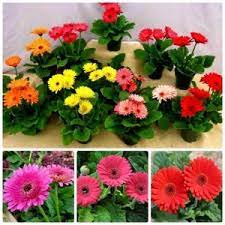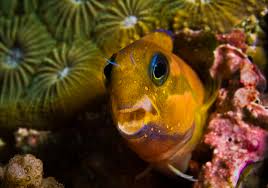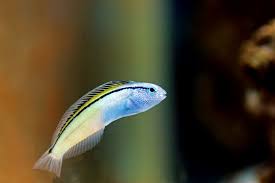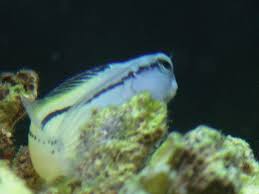
Wildflowers, with their remarkable ability to thrive in diverse ecosystems, play a crucial role in mitigating environmental pollution, particularly air and water pollution. In this article, we delve into the ways in which wildflowers contribute to reducing pollution levels and improving overall environmental health.
**1. Air Pollution Mitigation:**
Wildflowers are natural air purifiers, capable of absorbing pollutants such as carbon dioxide, nitrogen oxides, and volatile organic compounds (VOCs) from the atmosphere. Through the process of photosynthesis, these plants convert harmful gases into oxygen, helping to improve air quality and combat climate change. Moreover, the intricate root systems of wildflowers enhance soil stability, reducing the risk of erosion and dust emissions in urban and rural landscapes.
**2. Carbon Sequestration:**
One of the most significant contributions of wildflowers to air quality improvement is their role in carbon sequestration. As carbon dioxide is absorbed from the atmosphere during photosynthesis, carbon is stored in the biomass of plants and the soil, effectively reducing greenhouse gas concentrations in the air. By incorporating wildflower meadows and green spaces into urban areas, communities can enhance carbon sequestration and mitigate the adverse effects of climate change.
**3. Water Pollution Remediation:**
Wildflowers play a vital role in filtering and purifying water, thus helping to reduce water pollution in rivers, streams, and wetlands. The extensive root systems of wildflower species act as natural filters, trapping sediment, nutrients, and contaminants from runoff and agricultural runoff. This process, known as phytoremediation, helps to improve water quality, protect aquatic ecosystems, and safeguard human health.
**4. Riparian Buffer Zones:**
Planting wildflowers along riverbanks and waterways creates riparian buffer zones that serve as natural barriers against pollutants entering water bodies. These vegetative buffers absorb excess nutrients, pesticides, and sediment from surface runoff, preventing them from contaminating aquatic habitats downstream. Riparian vegetation also provides habitat for wildlife and enhances biodiversity, further contributing to ecosystem resilience and water quality improvement.
**5. Pollinator Support and Ecosystem Health:**
The presence of wildflowers attracts pollinators such as bees, butterflies, and birds, essential for the health of ecosystems and agricultural productivity. Pollinators facilitate the reproduction of flowering plants, ensuring the continued availability of food and habitat for wildlife. By promoting pollinator-friendly habitats through the cultivation of wildflowers, communities can bolster ecosystem health and resilience while simultaneously reducing the need for chemical pesticides.
**6. Urban Heat Island Mitigation:**
In urban areas, the proliferation of impervious surfaces such as concrete and asphalt contributes to the formation of heat islands, where temperatures are significantly higher than in surrounding rural areas. Planting wildflowers and other vegetation helps to mitigate the urban heat island effect by providing shade, cooling the air through evapotranspiration, and reducing energy consumption for air conditioning. Additionally, green spaces improve overall urban livability and quality of life.
**7. Community Engagement and Stewardship:**
The cultivation and preservation of wildflower habitats offer opportunities for community engagement and environmental stewardship. Citizen-led initiatives to plant wildflower meadows in public parks, roadside verges, and vacant lots empower individuals to take an active role in environmental conservation. By fostering a sense of ownership and pride in local ecosystems, these initiatives promote collective action to address environmental challenges and build resilient communities.
In summary, wildflowers serve as invaluable allies in the fight against air and water pollution, offering natural solutions to some of the most pressing environmental issues of our time. Through their capacity to purify the air, filter water, support biodiversity, and engage communities, wildflowers exemplify the power of nature-based solutions in creating healthier and more sustainable environments for present and future generations.









